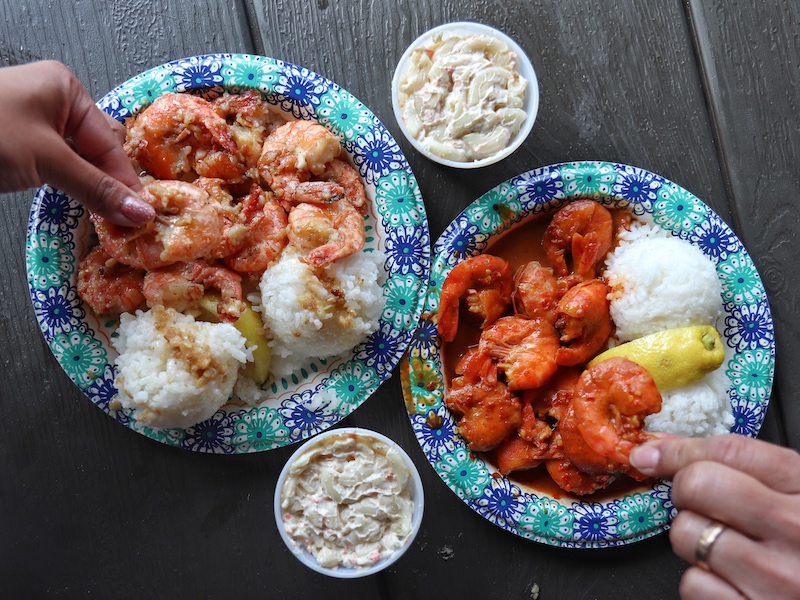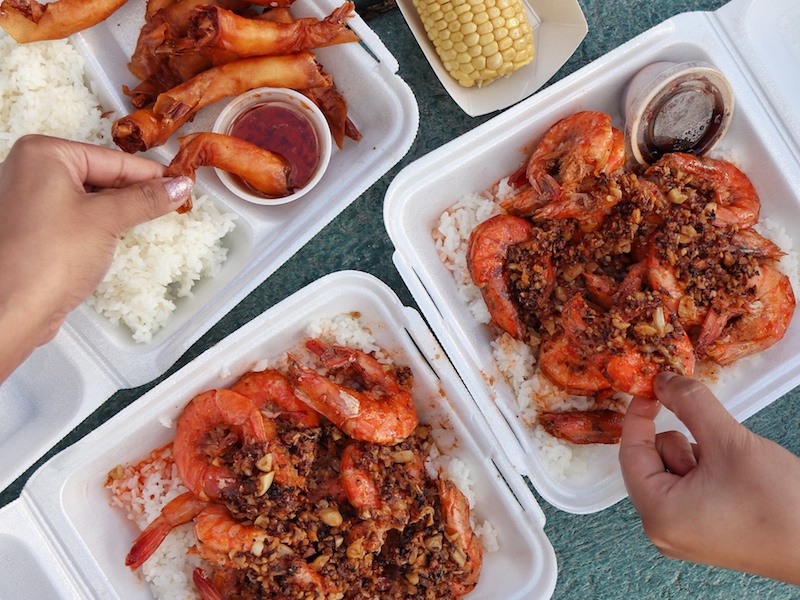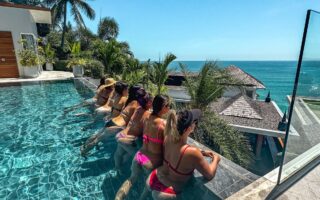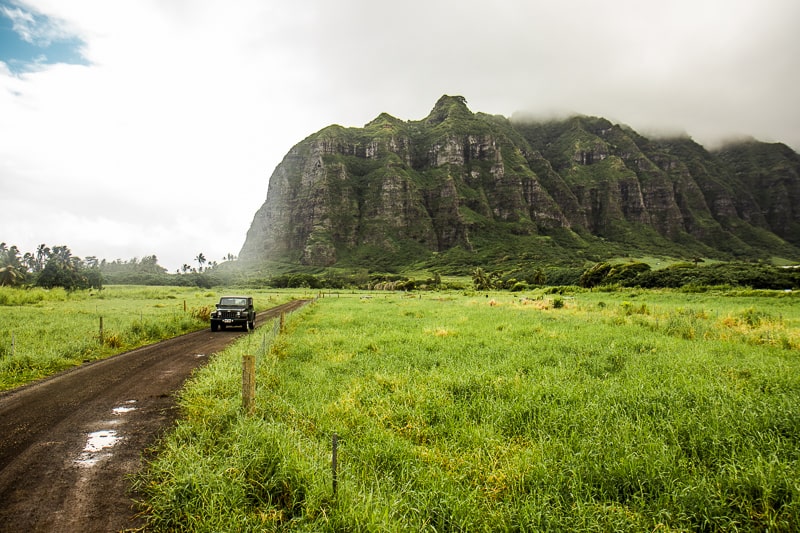
Driving through the iconic ridged mountains of Jurassic Valley, it’s impossible not to appreciate the unspoiled beauty of some parts of Oahu. But it’s also just as easy to dine around the resort areas of Waikiki and forget that almost everything you’re eating didn’t come from this beautiful land. Agricultural tourism is here to change that. This October, I went on a culinary road trip with Hawaiian Airlines, Avis, and the Alohilani Resort that drove us around Oahu to dive deep into its food culture and explore the local farms and fish ponds. We literally got our hands dirty, wading through the restored kalo (taro) fields that are just one of many efforts aimed at shifting Hawaii’s reliance on imported crops. If you plan to visit Oahu, I’d highly recommend adding one of the following agricultural and culinary tours to your itinerary. You’ll deepen your appreciation for this unique island paradise and the land that provides the incredible farm to table cuisine you can expect from some of Oahu’s best restaurants.
Watch: My Hawaiian Airlines First Class Experience
Kualoa Ranch
If you’ve been following me, you know that Kualoa Ranch has already stolen my heart as the venue for my upcoming wedding. As the filming location for Jurassic Park, Lost, and more, they have a variety of fun tours to explore their gorgeous property, but if you’re thinking about your lunch plans while on the property, you should definitely consider booking their new Taste of Kualoa Farm tour. You’ll explore their farms, take a boat into their oyster pond and watch one of their staff “throw net” to catch fresh shrimp. It’ll work up your appetite before you sit down to a delicious 7 course lunch with gorgeous views of the mountains that features the fresh ingredients you learned about on the tour.
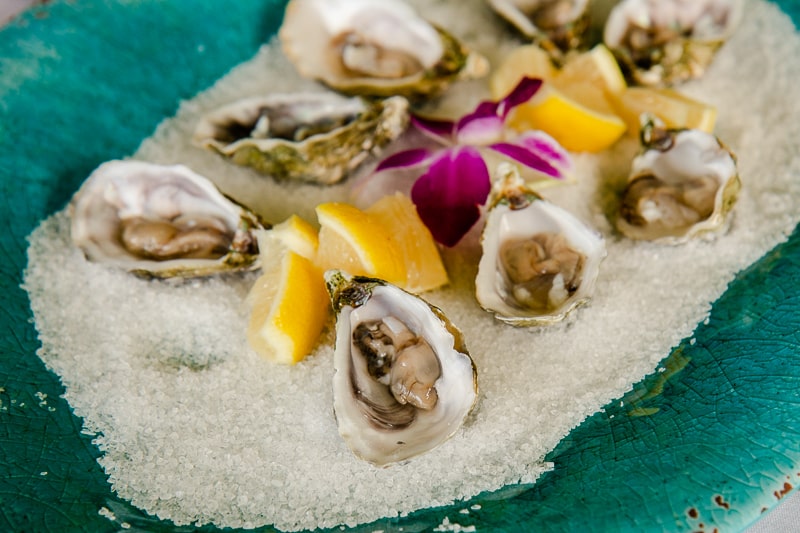
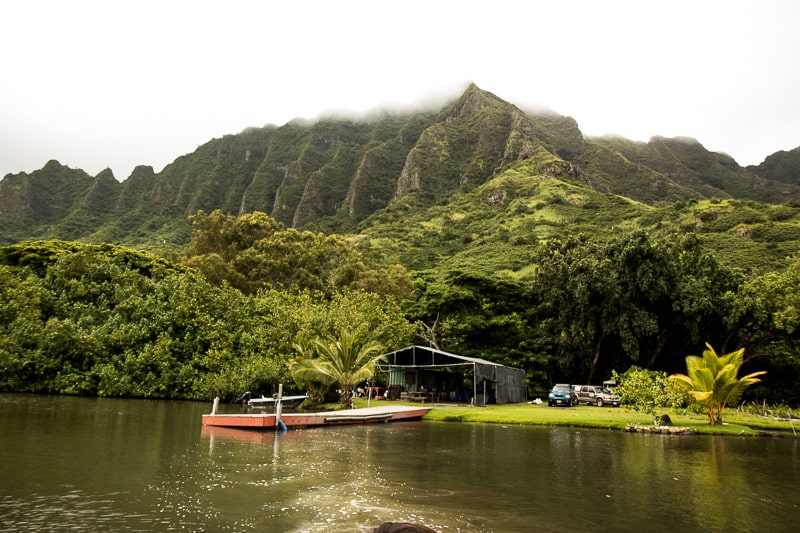
Gunstock Ranch
While this ranch in the North Shore is frequented for their horseback rides, the work they are doing in replanting indigenous trees is what should truly be on your itinerary. Gunstock Ranch has reserved significant portions of their expansive property so that visitors can plant their own legacy trees, and they’ve created a beautiful ceremony for it that I will personally cherish.
After you place your tree into the ground and surround it with soil, they pour water on your hands so it spills onto the tree while you make a dedication to transfer your mana or energy to the tree. They record the entire thing and give you a certificate with the exact coordinates of your tree so you can not only go back and watch your planting and dedication ceremony, but you can view and track the growth of your specific tree on their website.
We participated in this tour as part of our stay at the Alohilani Resort, who has committed to having guests and staff plant 100,000 trees as part of their green efforts. A family of 4 can actually offset the carbon footprint of their trip to Oahu by planting a single tree! You can also book a lunch at one of their hilltop lookouts which they cater through the nearby Pounders Restaurant, so it’s definitely a worthwhile way to spend the day.
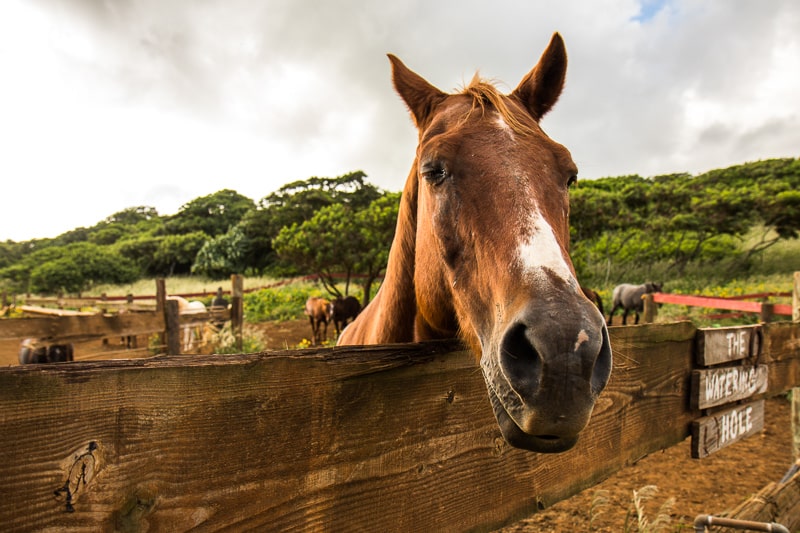

Kākoʻo Oiwi
Off Kamehameha Highway on the way to the North Shore lies acres and acres of wetlands being taken care of by Kākoʻo Oiwi, a restoration project aimed at bringing the lands back to their natural farming state that existed before half a century of erosion and flooding. While they grow a number of indigenous crops, the focus of Kākoʻo Oiwi is on the kalo or taro plant.
Because of the kalo plant’s resilience to strong winds and flooding, it’s an important sustainable food source as Oahu continues to deal with the effects of climate change. They’ve also found that as you restore the taro plants, other parts of the ecosystem improve. They have regular community workdays where you can work in the taro fields and get down and dirty like we did to help in the restoration project, as well as lei making workshops – can you believe we made the leis pictured below ourselves? If mud or handiwork isn’t for you, Kākoʻo Oiwi also hosts occasional farm-to-table meals and fundraising parties so follow them on social media to see how you can still support their cause while on the island.
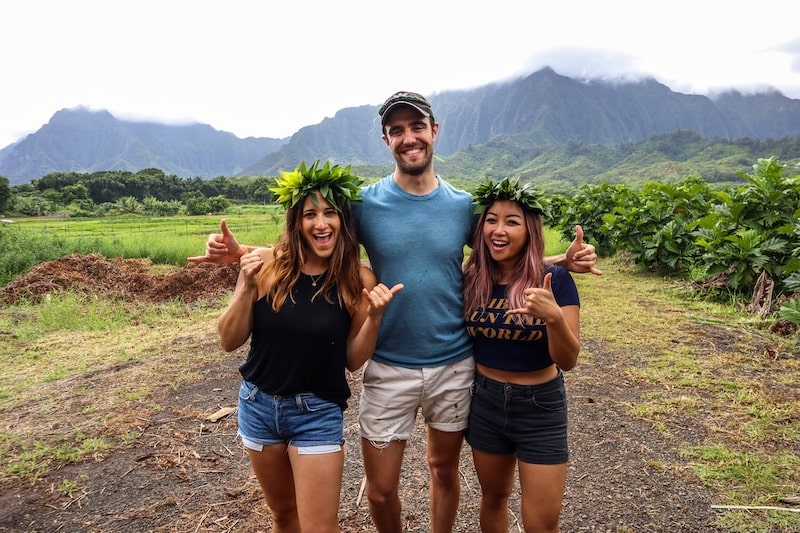
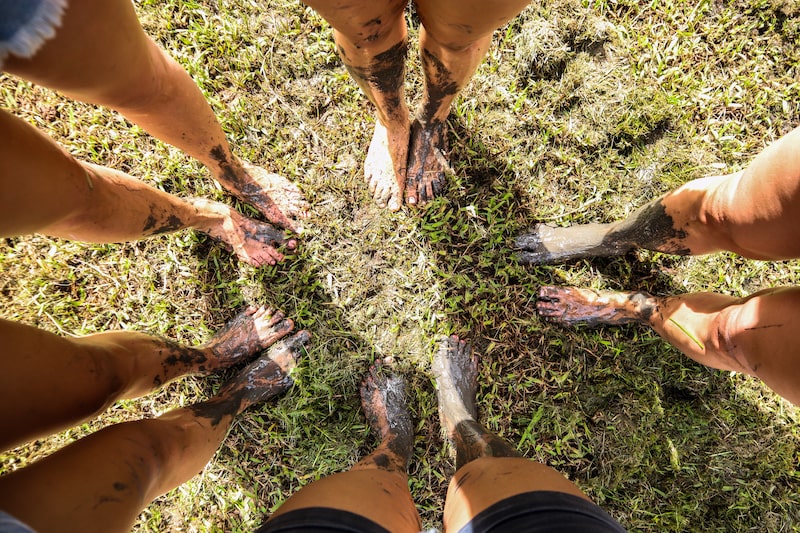

Kō Hana Rum
While the vast majority of the world’s rum is made from processed molasses, Kō Hana Rum takes a “grass to glass,” approach by growing heirloom sugar cane on their farm that is distilled into their agrico rum and bottled by hand. Ko’Hana Rum hosts tours and rum tastings so you can try the pure sugar cane juice that is used as the base for their rum before exploring their farm to see the sugar cane firsthand, and finally tasting their different varieties of rum and barrel aged honey.

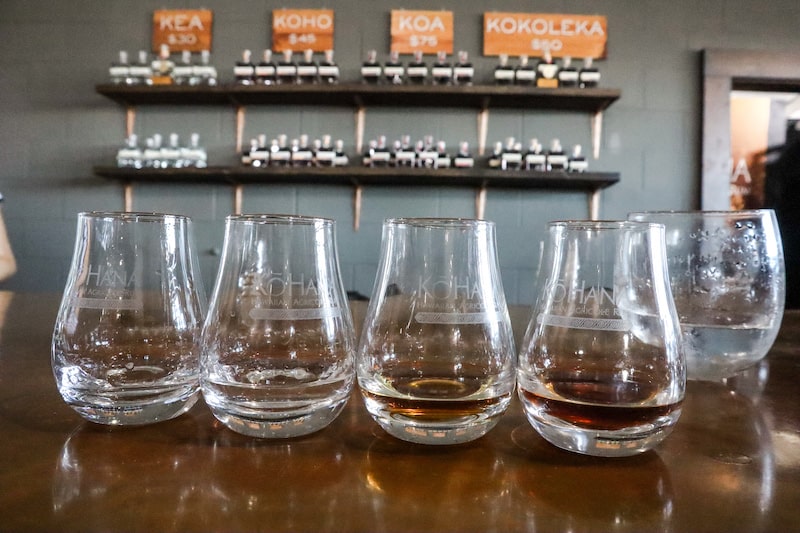
Mari’s Gardens
We capped off our culinary road trip at Mari’s Gardens, which acts both as a farm, plant nursery, and local landscaping business. The quaint outdoor flower market at the entrance masks the acres of greenhouses and open air fish tanks that are spread across the property. We took a tour of the land and learned how they are using modern agricultural technology to locally grow crops that would typically be flown in from California.
We finished this with a dinner hosted by Hawaiian Airlines and Avis by Chef Lee Ann Wong, famous for being a runner up on the first season of Top Chef and for her popular brunch spot Koko Head Cafe. She made us an unbelievable meal using all local ingredients, some of which came from the gardens we just toured. While our dinner with the chef was special for our trip, the space is available to be booked for events and dinners. Regardless, the gorgeous succulents and tropical plants for sale at Mari’s Gardens are worth perusing if you happen to be in the area.
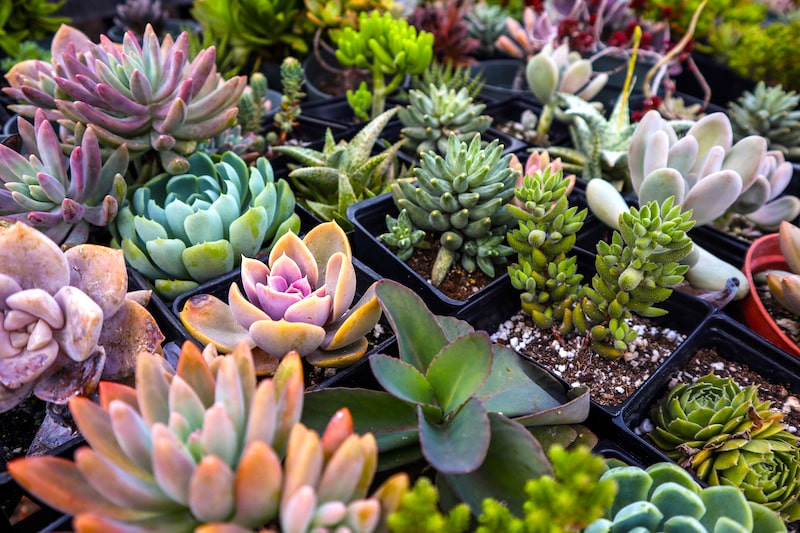
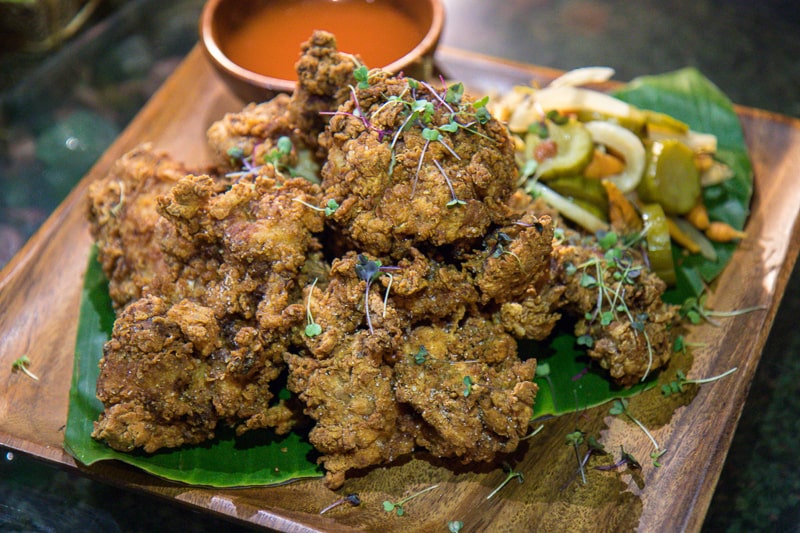
I had an incredible and unique experience on this trip with Hawaiian Airlines, Avis, and the Alohilani Resort that further showed just how important is it to treat our land with respect. If you’re looking to connect with the island on a deeper level and gain an enhanced appreciation for Hawaiian cuisine, you should definitely look into visiting one of these amazing places. While you’re on the island, you can also check out my top picks for Oahu’s local food, American and international food, and dessert shops and bakeries.

